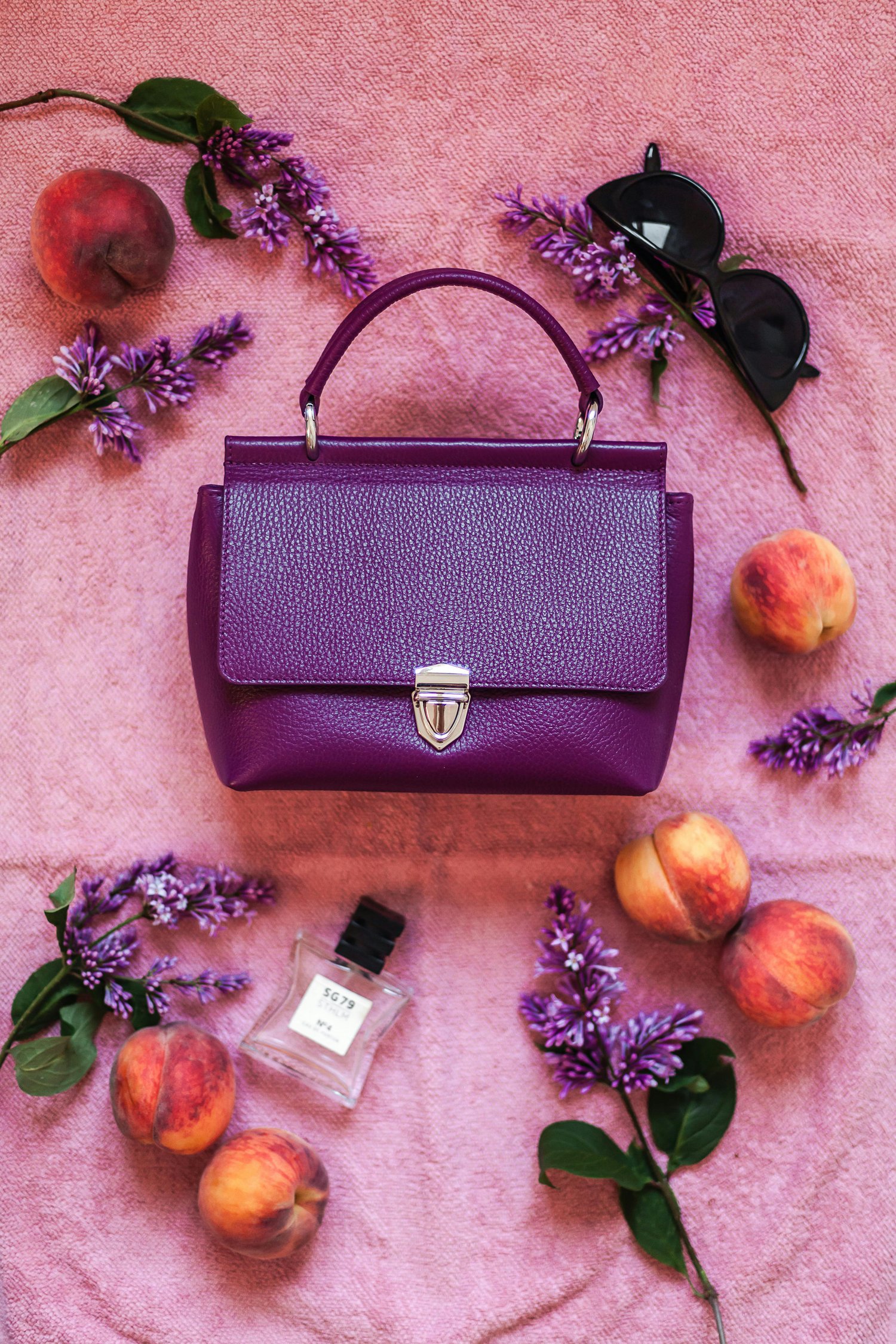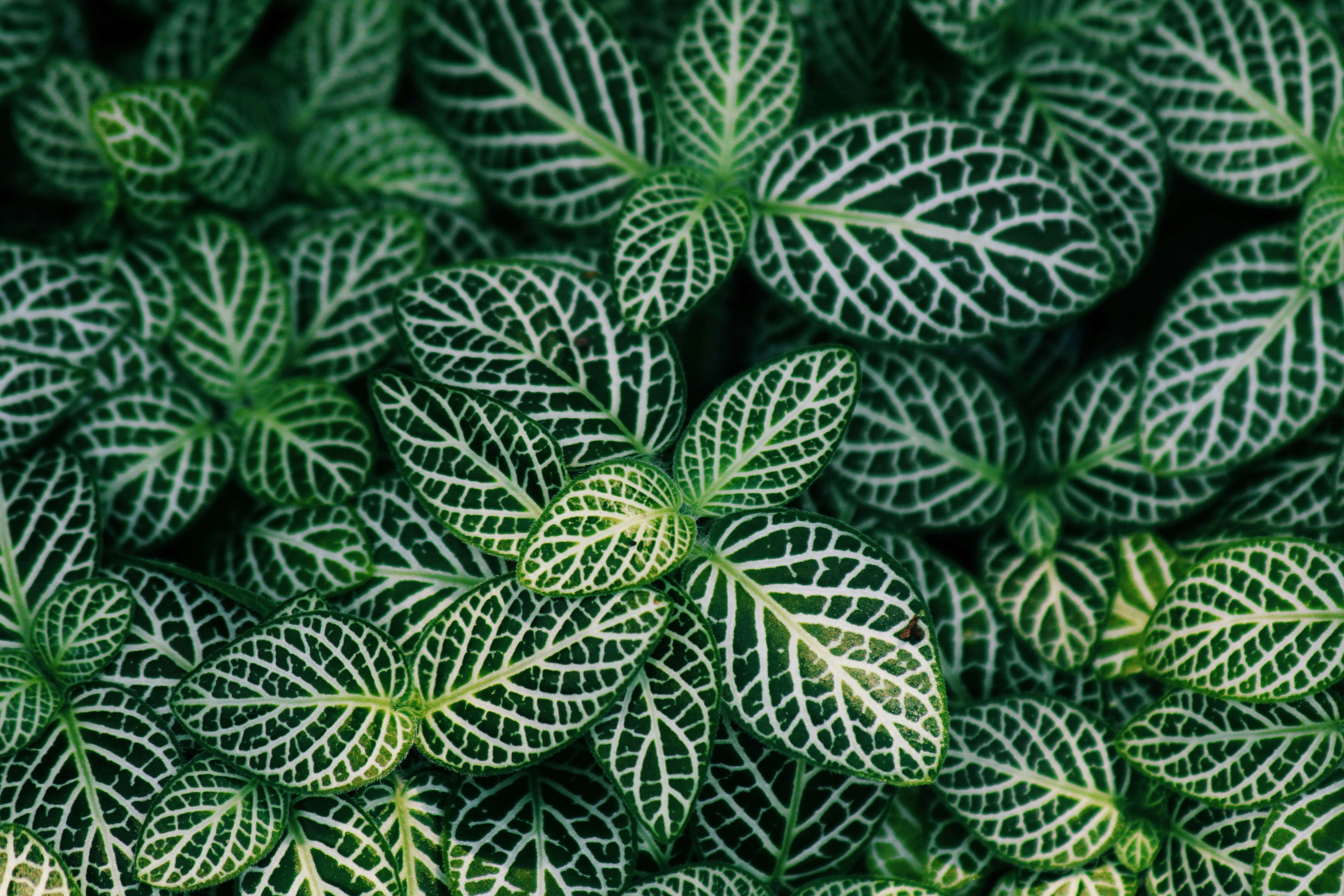Once upon a time, leather was the undisputed heavyweight champion of luxury fashion, and cows were its reluctant contributors. But now, in an era where ethics and innovation hold hands like a happy couple, vegan leather has emerged as the stylish, guilt-free alternative. Let’s take a deep dive into the most common vegan leather materials, their origins, their functions, and how they seamlessly fit into daily life.
1. Polyurethane (PU) and Polyvinyl Chloride (PVC) Leather
Origin Story:
PU and PVC leather are the OGs of the vegan leather world. They were created as synthetic alternatives to animal leather by applying plastic coatings to a fabric base (Zhang et al., 2019). Think of them as leather’s futuristic, lab-grown cousins.
Health Benefits and Drawbacks:
While they spare cows, these materials are not exactly the saints of sustainability. PVC, in particular, has been linked to toxic emissions (Lithner et al., 2011). PU is the lesser evil since it can be made with fewer harmful chemicals.
Function & Daily Application:
PU leather is widely used in fashion, from jackets to shoes and bags. PVC, although less breathable, is found in furniture and car upholstery.
2. Piñatex (Pineapple Leather)
Origin Story:
Ever looked at a pineapple and thought, "I’d love a handbag made of this?" No? Well, Carmen Hijosa did. Piñatex is derived from pineapple leaves, making it a byproduct of agricultural waste (Hijosa, 2016).
Health Benefits:
It’s free from toxic chemicals, making it a safer alternative for both consumers and the environment. Plus, pineapples are full of vitamin C. (Okay, that doesn’t transfer to the leather, but still, pineapples are awesome.)
Function & Daily Application:
Piñatex is breathable, durable, and used for bags, shoes, and even upholstery. The material feels like soft, worn-in leather with a conscience.
3. Mushroom Leather (Mylo & MuSkin)
Origin Story:
Mushroom leather comes from mycelium, the root-like structure of fungi (Appels et al., 2019). Yes, the same thing that makes mushrooms magical—though in this case, the magic is sustainability.
Health Benefits:
It’s biodegradable, non-toxic, and free from synthetic plastic additives. Plus, fungi have natural antimicrobial properties (Jones et al., 2020), which means fewer funky smells in your handbag.
Function & Daily Application:
Mushroom leather is gaining traction in high fashion, with brands like Stella McCartney using it in luxury handbags.
4. Cactus Leather (Desserto)
Origin Story:
Somewhere in Mexico, two entrepreneurs saw a cactus and thought, "Let’s turn this into a purse." And they did. Cactus leather is made from mature Nopal cactus leaves, requiring minimal water and zero cow involvement (Adrián & Marte, 2020).
Health Benefits:
No toxic chemicals are used in its production, and it’s breathable and hypoallergenic. It’s also durable, because, well, have you ever seen a weak cactus?
Function & Daily Application:
It’s widely used in accessories, car interiors, and even furniture.
5. Apple Leather
Origin Story:
Made from apple peels and cores left over from the juice industry, apple leather is the ultimate example of "waste not, want not" (Pecci, 2021).
Health Benefits:
Since it’s primarily natural, it doesn’t off-gas harmful chemicals like traditional synthetic leathers.
Function & Daily Application:
Used in wallets, bags, and even watch straps, apple leather is a juicy (pun intended) option for eco-conscious consumers.
Why These Materials Are Popular in the U.S.
Americans love convenience, sustainability, and innovation—three things these materials offer in spades. PU leather remains a favorite due to affordability, while plant-based options like Piñatex and mushroom leather cater to the growing demand for eco-conscious products (Statista, 2023).
Conclusion
The vegan leather industry is booming, and for good reason. With options ranging from plastic-based PU to plant-based wonders like mushroom and cactus leather, there’s something for every taste, budget, and ethical standard. So next time you shop for a new bag, ask yourself: "Do I want to support an industry that harms animals, or do I want my purse to be made from pineapples?" The choice has never been easier.
Disclaimer
This article and other content on this site are for educational and informational purposes only and are not intended to diagnose, treat, cure, or prevent any condition. Statements made on this site have not been evaluated by the Food and Drug Administration. Always consult with a qualified healthcare provider before making any wellness decisions. Please read our Disclaimer for full details.
Bibliography
Adrián, L., & Marte, A. (2020). The rise of cactus leather: An eco-friendly alternative. Sustainable Materials Journal, 12(4), 56-63.
Appels, F. V., Wösten, H. A., & Sonnenberg, A. S. (2019). Mycelium materials: The future of sustainable textiles? Journal of Biodegradable Innovation, 8(2), 23-31.
Hijosa, C. (2016). Piñatex: Transforming pineapple waste into a sustainable textile. Textile Innovations, 5(1), 15-22.
Jones, M., Bhat, T., & Wang, Y. (2020). The antimicrobial properties of fungal-derived textiles. Journal of Eco-Friendly Fashion, 9(3), 33-44.
Lithner, D., Larsson, A., & Dave, G. (2011). Environmental and health hazards of additives in plastic materials. Environmental Science & Technology, 45(2), 587-593.
Pecci, S. (2021). Apple leather: The waste-based textile revolution. Green Future Journal, 11(1), 67-74.
Statista. (2023). Vegan leather market trends in the United States. Retrieved from [https://www.statista.com]




Comments ()